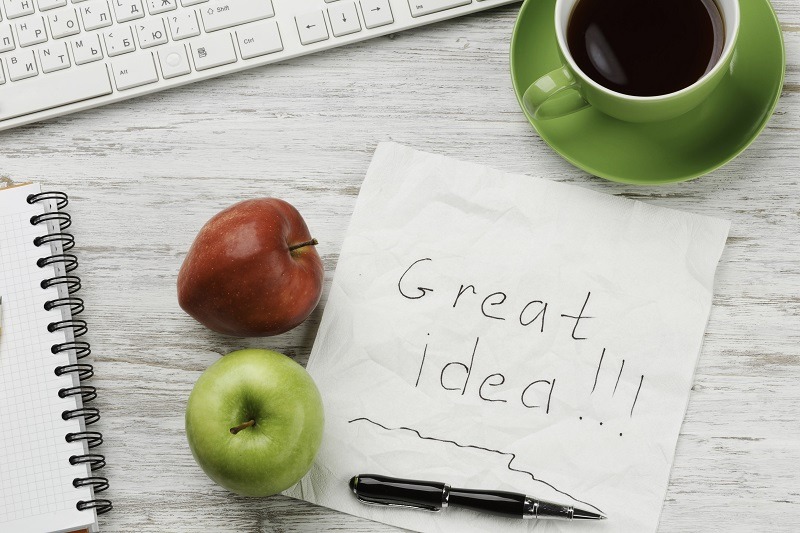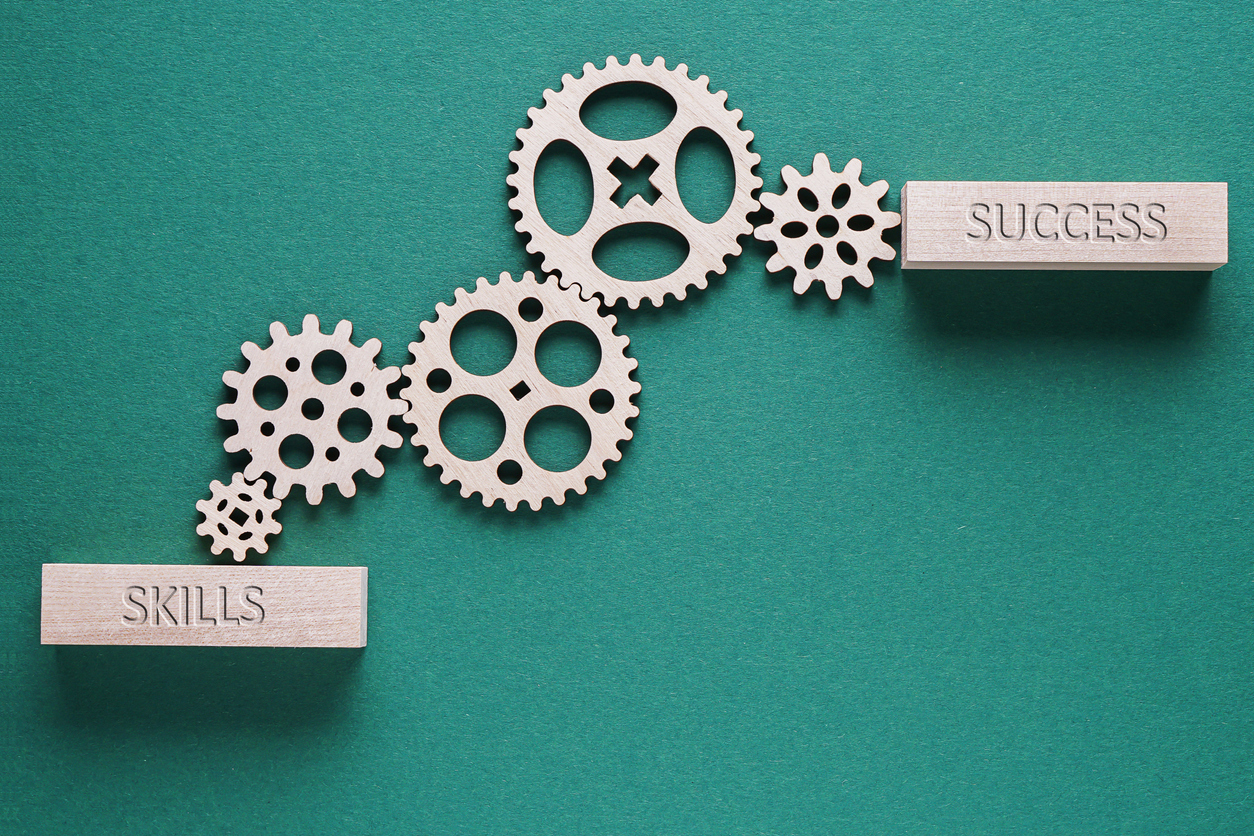
You might have heard that, all around the country, elementary schools are dropping cursive writing and replacing it with computer time. Sounds about right for the digital age, huh? But doing things the old-fashioned way has its advantages. I can’t claim to be a proponent of cursive writing – I can’t even make out my own signature — but what about print writing? Researchers are proving that writing things on paper is good for us.
In a recent study published in Psychological Science, Pam A. Mueller (Princeton) and Daniel M. Oppenheimer (UCLA) showed that students taking notes longhand benefited from better retention. They were testing an “encoding hypothesis:” longhand note-taking is “generative” and requires “summarizing, paraphrasing, and concept-mapping” whereas “non-generative” note-taking (i.e., typing on a laptop) is simply recording, verbatim.
In other words, the student tapping away on her keyboard is listening for words, not meaning. This hurts retention; Mueller and Oppenheimer found that the more students listened for the verbatim, the worse they did when they tried to recall what they had learned.
From the Classroom to the Workplace
I still do a lot of note-taking on my laptop, but I’m starting to change my ways. I have been inspired by author Austin Kleon. In his New York Times best-seller Steal like an Artist, he has a chapter called “Step Away from the Screen.” He quotes his favorite cartoonist, Lynda Barry: “In this digital age, don’t forget to use your digits!” Yep, she means those things at the end of your arms.
Austin uses two desks in his office: one for “analog” and one for “digital.” His swivel chair sits between the two desks. He starts in analog, with paper and a variety of writing instruments like pens and markers. After he gets his ideas down in analog form, he spins to his digital desk and edits his work on his laptop and big monitor. He uses a continuous loop: hands, computer, hands, computer…until he’s satisfied with the result.
I don’t have a set-up like Austin, but I’ve developed habits that work for me. I start my PowerPoint presentations with a pen. I like to fold an 8.5 x 11 sheet of paper in eighths — each square representing one slide. Then I write directly in each square. Or, to kick my creativity up a notch, I jot down notes on small post-its and move them around on the sheet of paper until I’m satisfied with the flow. I’m “using my digits” and encoding the information, which helps me remember the arc and details of my presentation. And I can actually see the narrative unfolding on this single sheet of paper…something I can’t get in PowerPoint.
Austin also says the computer brings out the uptight perfectionist in each of us, because we start to edit ideas before we’ve allowed them to mature. There’s something confining about that single digital screen or slide, whereas a whole pile of scratch paper can be doodled on with abandon – ideas are quickly and easily kept or trashed.
So, do you want to remember what you learn? Be more creative? Occasionally, swap your laptop for your trusty pen and paper and see what you get. I dare you.
Sources: NPR Weekend Edition: April 17, 2017: Attention Students: Put Your Laptops Away.Steal like an Artist by Austin Kleon, 2012.



